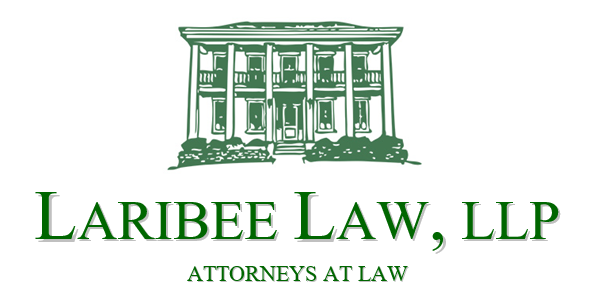The Importance of Funding Revocable Trusts
Michael L. Laribee, Esq.
The main goal of any estate plan is to pass assets to heirs as simply as possible. People often use revocable trusts to avoid a probate court administration and to provide a structured way to manage assets upon their incapacity or death.
The main goal of any estate plan is to pass assets to heirs as simply as possible. People often use revocable trusts to avoid a probate court administration and to provide a structured way to manage assets upon their incapacity or death. But it is not enough for the grantor (the person making the trust) simply to sign a trust agreement. Unless the trust is "funded," a grantor’s assets will not avoid probate court as designed. Worse yet, the assets may not go to the beneficiaries named in the trust.
A revocable trust only controls the assets placed into it. The trustee of a revocable trust has no power whatsoever over property that has not been titled in the name of the trust. That means assets will have to go through probate court and the grantor’s last will and testament directs who receives the assets. This may be different than the provisions of the trust. Further, if a grantor owns assets in multiple states and they are not titled to the trust, the grantor’s heirs will need to open an ancillary probate administration in the secondary states as well as a probate estate in Ohio.
If a grantor becomes mentally incapacitated, the trustee cannot manage assets outside the trust for her care. Her family may need to establish a court-supervised guardianship to manage the assets that are not held in the name of the trust.
Funding a trust is not difficult. Basically, it involves changing the titles of assets from a person’s individual name to the name of the trust. For instance, a brokerage account in the individual name of “Joe Smith” is not in the trust. For the account to be included in the trust, the account should read something like this: “Joe Smith, Trustee of the Smith Family Revocable Trust, dated November 13, 2019.” A trust agreement sets forth the formal name of the trust.
To retitle an account, a financial institution may require proof of the trust. The grantor usually provides a certification of trust which is a short-form summary of the trust agreement. It verifies the trust’s existence, identifies the trustees, and list the powers given to the trustee to manage the trust assets. The certification does not reveal any information about trust assets or how much beneficiaries inherit.
Normally, real property is transferred to the trust by recording a quit-claim deed in the county land records. For property that does not have a title (jewelry, collectibles, household appliances, tools), a grantor can execute an assignment of property designating the trust as the owner of those assets.
Most often, a pour-over last will and testament accompanies a trust agreement. It acts as a safety net in case a trustor accidentally leaves property outside of the trust. But, the property must first go through probate court before being transferred into the trust. It is important to consult with a trusted probate attorney to assist you in forming and funding a revocable trust to avoid this unnecessary step. Laribee & Hertrick, LLP will make sure that the trustee has the full power to manage your trust assets and that your assets go where you intended.
This article is intended to provide general information about the law. It is not intended to give legal advice. Readers are urged to seek advice from an attorney regarding their specific issues and rights.
Michael Laribee is a partner in the Medina law firm of Laribee Law, LLP. This article is intended to provide general information about the law. It is not intended to give legal advice. Readers are urged to seek advice from an attorney regarding their specific issues and rights.

